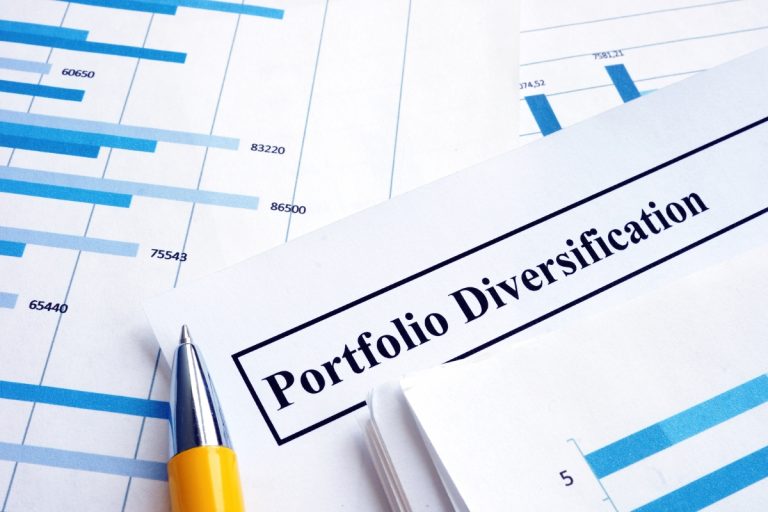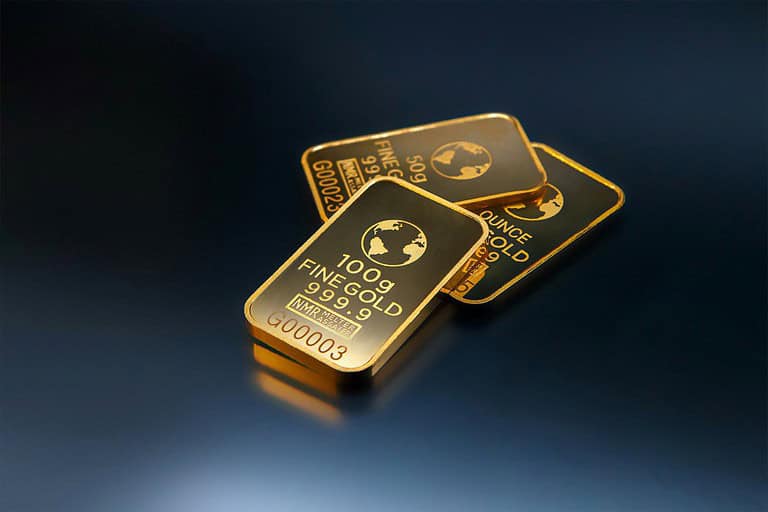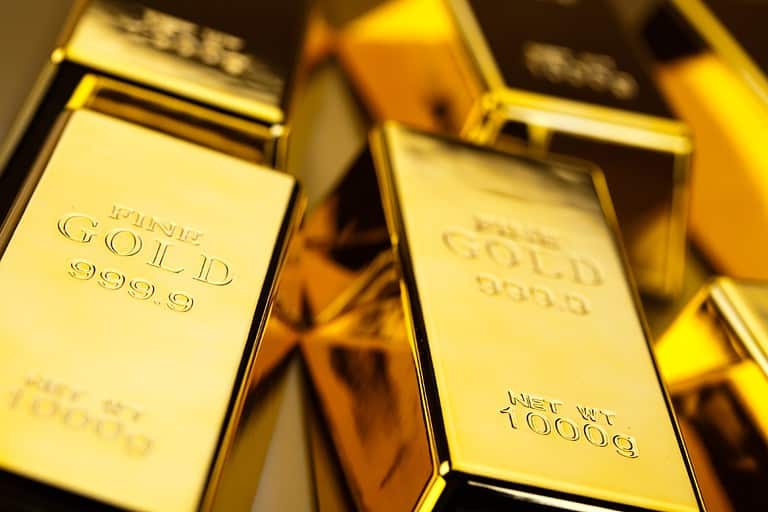Individual Retirement Accounts (IRAs) are a powerful tool for building wealth and securing financial stability during retirement. While traditional IRAs and Roth IRAs are well-known, there is another type of IRA that offers unique tax advantages and portfolio diversification opportunities: precious metal IRAs. These specialized retirement accounts allow individuals to invest in physical precious metals like gold, silver, platinum, and palladium. Here, we will explore the tax advantages of precious metal IRAs, highlighting their role in retirement planning and wealth preservation.
The Basics of Precious Metal IRAs
Before delving into the tax benefits of precious metal IRAs, it is essential to understand the fundamentals of these accounts. Precious metal IRAs are self-directed retirement accounts, meaning investors have control over their investment decisions. Unlike traditional IRAs managed by financial institutions, self-directed IRAs empower individuals to make choices about their investments, including the allocation of assets into precious metals.
The Internal Revenue Service (IRS) permits the inclusion of specific types of precious metals in these IRAs. Approved metals include gold, silver, platinum, and palladium in various forms, such as bullion coins and bars. These metals must meet specific purity standards to qualify for inclusion in a precious metal IRA. This regulatory oversight ensures that the investments are genuinely valuable and not subject to arbitrary valuations.
Tax Benefits of a Precious Metal IRA

Now, it is time to delve into the tax advantages that a precious metals IRA offers:
1. Tax-Deferred Growth: One of the primary tax advantages of precious metal IRAs is tax-deferred growth. Like other traditional IRAs, the earnings generated from investments within a precious metal IRA grow tax-deferred until you start making withdrawals in retirement. This means that as your precious metal investments appreciate in value, you will not pay taxes on the gains until you take distributions.
The ability to defer taxes on your investments is a significant advantage because it allows your assets to compound and grow more quickly. This can be especially beneficial if you anticipate higher tax rates in the future. By deferring taxes, you may ultimately pay less in taxes on your investment gains when you retire.
2. Diversification Benefits: Diversification is a fundamental principle of prudent investing. precious metal IRAs offer an additional layer of diversification by allowing you to invest in assets that have historically shown low correlation with traditional financial markets like stocks and bonds. This means that when the value of your traditional investments fluctuates due to market conditions, your precious metal holdings may provide a stabilizing effect.
During times of economic uncertainty or market volatility, precious metals like gold and silver often retain or increase in value. This can help offset losses in other parts of your portfolio, reducing overall risk. Diversification not only safeguards your retirement savings but also enhances the potential for long-term growth.
3. Tax-Advantaged Withdrawals: When you retire and begin taking distributions from your Precious Metal IRA, you can still enjoy tax advantages. If you own a Traditional Precious Metal IRA, your withdrawals will be subject to ordinary income tax rates. However, if you own a Roth Precious Metal IRA, your qualified withdrawals will be entirely tax-free, including both your original contributions and any investment gains.
The Roth Precious Metal IRA’s tax-free withdrawals are particularly appealing for individuals seeking to maximize their retirement income while minimizing their tax liability. This feature allows retirees to withdraw their precious metal assets without worrying about additional taxation, which can be especially valuable during retirement when every dollar counts.
4. Estate Planning Benefits: Another often-overlooked tax advantage of precious metal IRAs is their potential to aid in estate planning. By designating beneficiaries for your precious metal IRA, you can create a seamless transfer of wealth to your heirs. In the event of your passing, your beneficiaries can inherit the precious metals in the IRA with certain tax benefits.
Under current tax laws, beneficiaries of precious metal IRAs typically receive a stepped-up cost basis for inherited assets. This means that the value of the inherited metals is determined based on their market value at the time of your passing, rather than the original purchase price. This step-up on the basis can significantly reduce the capital gains tax liability for your heirs if they decide to sell the precious metals.
It is worth noting that estate planning and inheritance taxation can be complex, and the rules may change over time. Therefore, it is crucial to consult with a qualified financial advisor or estate planning attorney to ensure that your precious metal IRA aligns with your overall estate planning goals.
5. Protection Against Inflation: Precious metals like gold and silver have a long history of preserving wealth during periods of high inflation. When the purchasing power of paper currency erodes due to inflationary pressures, the intrinsic value of precious metals tends to rise. Owning precious metals within a precious metal IRA can act as a hedge against the devaluation of your retirement savings caused by inflation.
While not a direct tax advantage, this protection against inflation indirectly benefits you by safeguarding the real value of your investments. Inflation can erode the purchasing power of your retirement savings, making it crucial to consider investments that can maintain their value over time.
Final Thoughts
In conclusion, precious metal IRAs offer several tax advantages that make them a compelling option for retirement planning and wealth preservation. These accounts provide tax-deferred growth, diversification benefits, tax-advantaged withdrawals, and estate planning benefits. Additionally, owning precious metals can act as a hedge against inflation, further enhancing the long-term security of your retirement savings.
However, it is essential to note that precious metal IRAs, like all investment strategies, come with their own set of risks and considerations. precious metal prices can be volatile, and the value of your investments can fluctuate. Therefore, it is crucial to conduct thorough research, consult with financial professionals, and carefully evaluate your investment goals and risk tolerance before opening a precious metal IRA.
Ultimately, precious metal IRAs can be a valuable addition to your retirement portfolio, offering not only tax advantages but also diversification and wealth preservation benefits. By understanding these advantages and incorporating them into your retirement planning, you can take significant steps toward securing your financial future.




